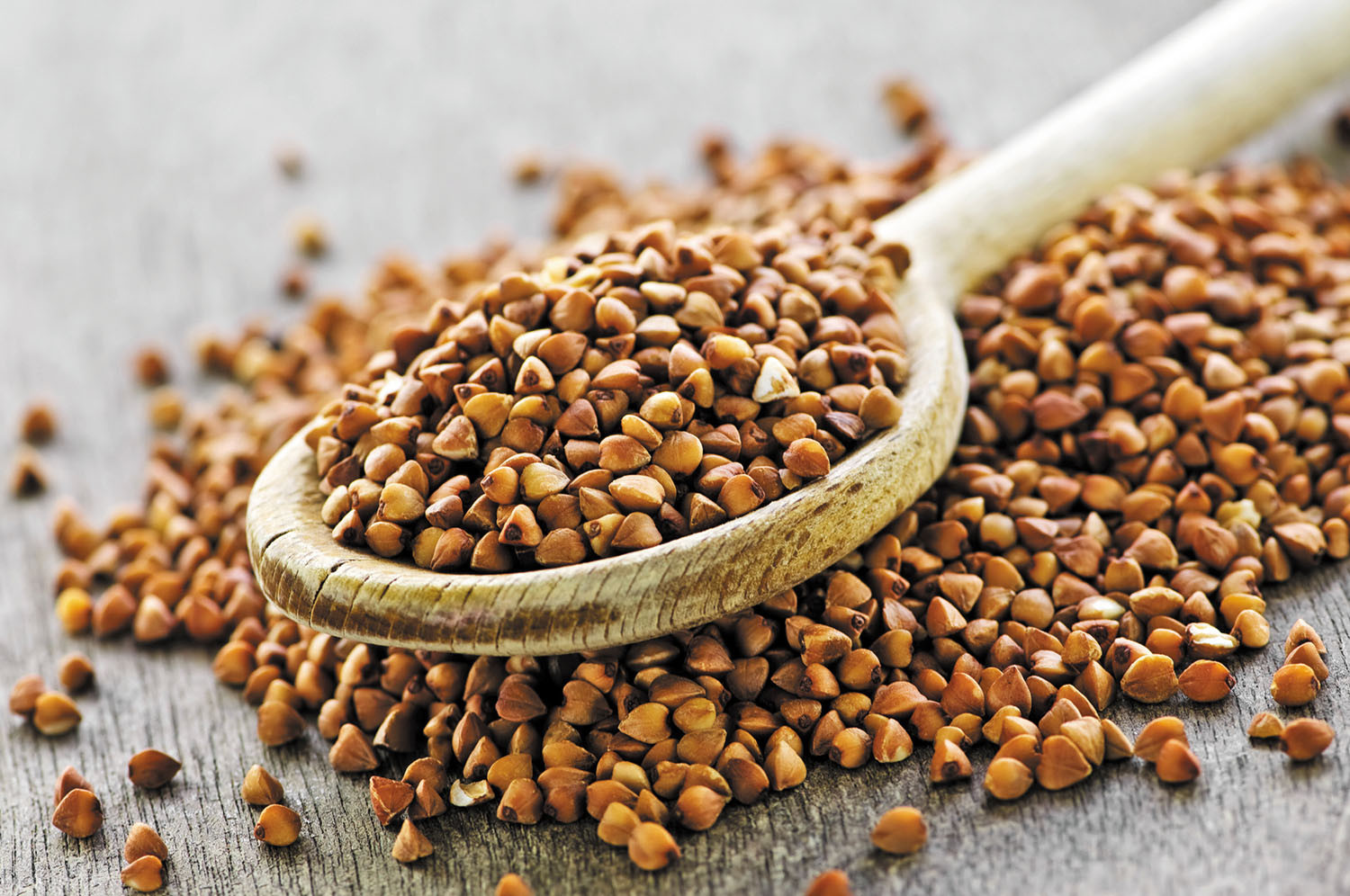
Buckwheat (कुट्टु)
Buckwheat is a nutrient-rich pseudocereal widely grown and consumed in Nepal. It's valued for its high protein content, essential amino acids, fiber, and minerals like magnesium, manganese,...
Get Buckwheat (कुट्टु) From Nearby Stores
No Recommendations Available
We couldn't find any stores with Buckwheat (कुट्टु) products at the moment.